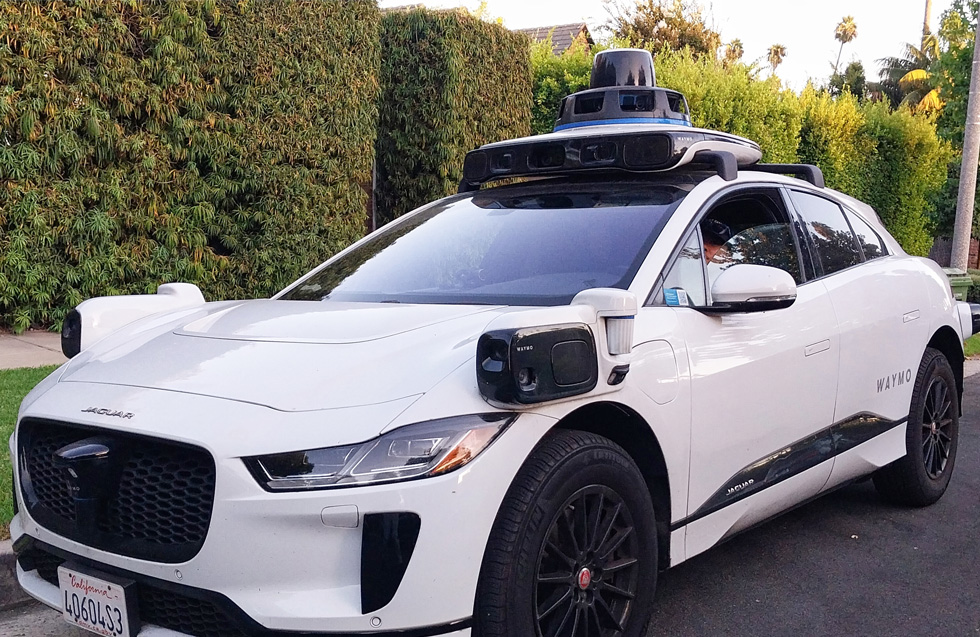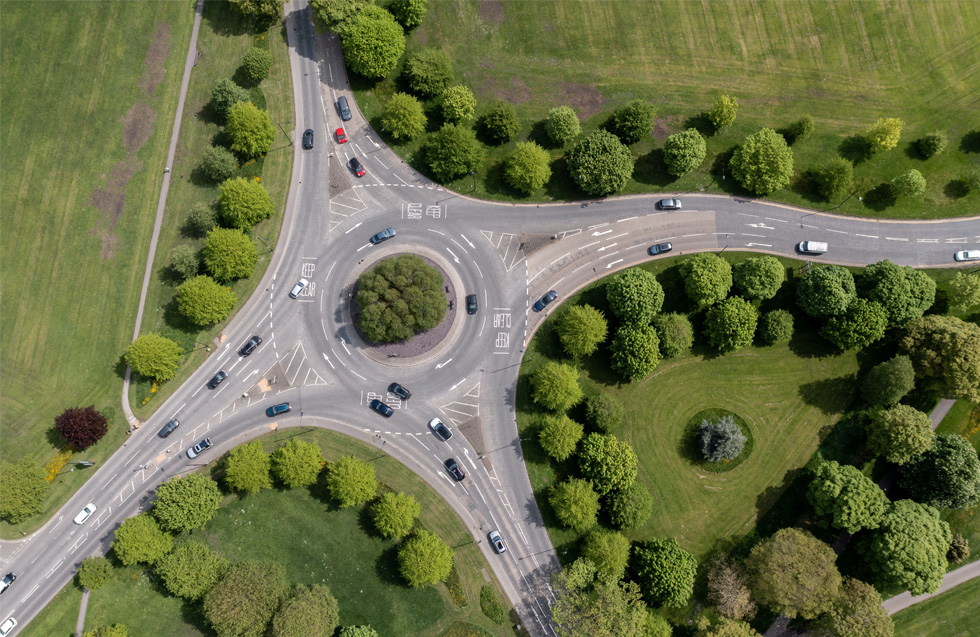To answer that question, RAND says its researchers have developed new tools that could help policymakers decide when to put autonomous vehicles on the road. The researchers found that introducing autonomous vehicles when they are just better than human drivers'as opposed to nearly perfect'could save hundreds of thousands of lives over 30 years.
'Waiting for the cars to perform flawlessly is a clear example of the perfect being the enemy of the good,' said researcher Nidhi Kalra.But the report says the machine learning algorithms that govern their performance rely largely on experiencing various road conditions and situations to improve. The more miles that autonomous vehicles travel'on different roads, in different environments, and under various weather conditions'the more quickly their safety improves.However, developers today have only small fleets of autonomous vehicles traversing public roads with trained safety drivers behind the wheel, so those miles aren't accumulating very rapidly. If autonomous vehicle use were widespread, the cars would travel more miles, learn much faster, and make safety gains more quickly.You can read more here.
Non-perfect driverless cars could save thousands - report
Requiring autonomous vehicles to be nearly flawless before putting them on the road could cost hundreds of thousands of lives, according to new research.RAND Corporation researchers say just how safe autonomous vehicles need to be before they go on the market is a crucial question for policymakers.It found that more than 37,000 people died in 2016 on American roads as a result of human drivers, yet studies show that people have little tolerance for mistakes made by machines and that some think autonomous vehicles need to be nearly perfect before they can be sold.The report points out that last year the then chief regulator of the National Highway Transportation Safety Administration, Mark Rosekind, noted the problem with waiting for perfect cars to replace imperfect human drivers on the road, 'We can't stand idly by while we wait for the perfect,' Rosekind said at a symposium. 'We lost 35,200 lives on our roads last year. ' If we wait for perfect, we'll be waiting for a very, very long time. How many lives might we be losing if we wait?'
























